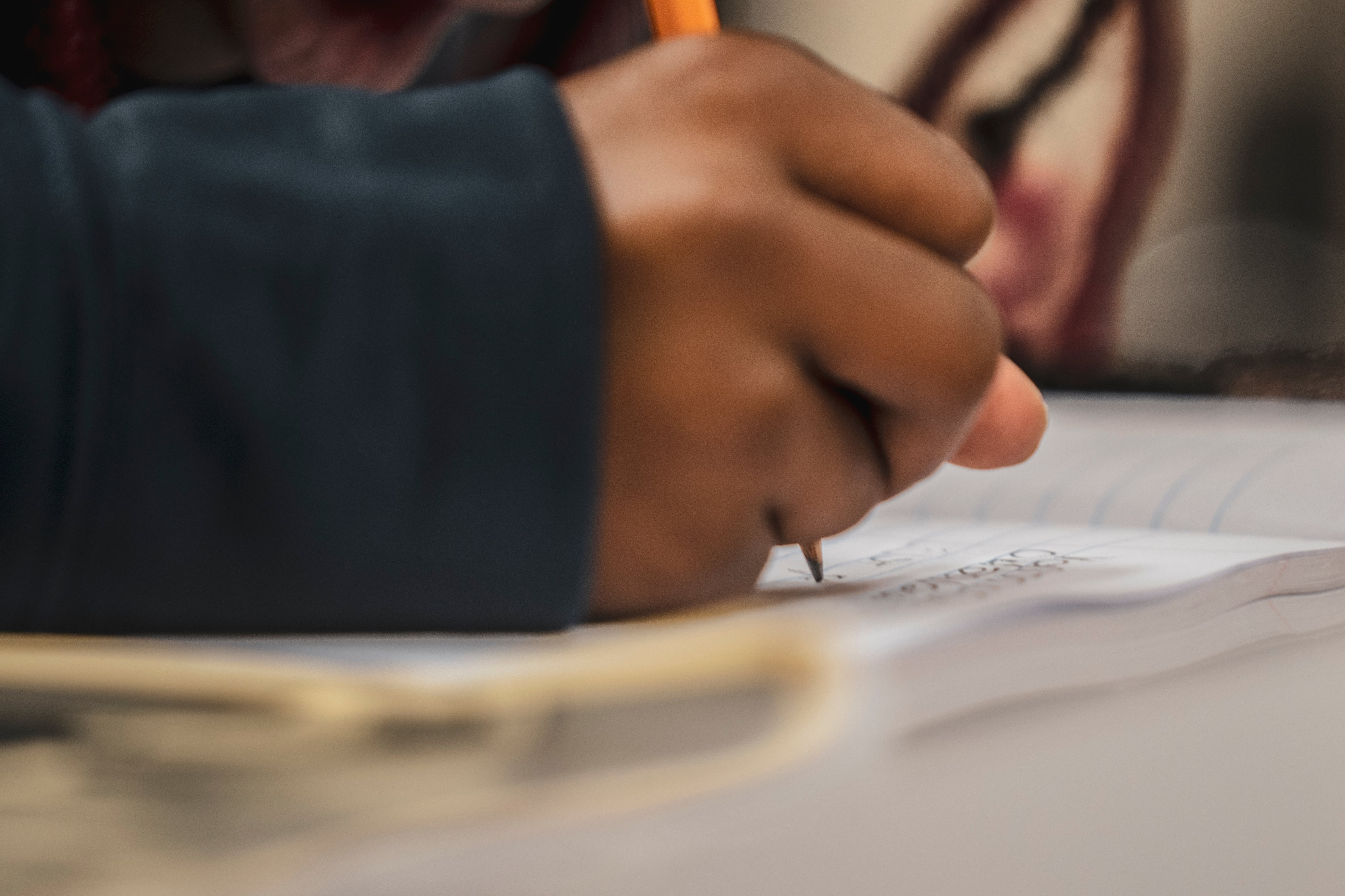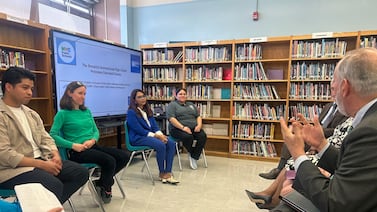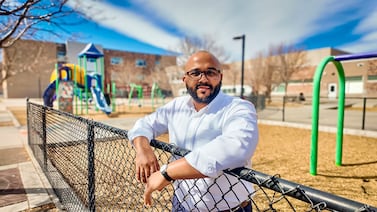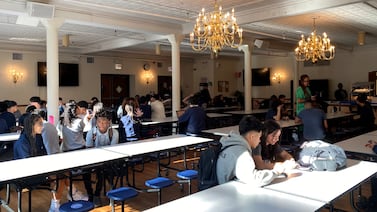Sign up for Chalkbeat Colorado’s free daily newsletter to get the latest reporting from us, plus curated news from other Colorado outlets, delivered to your inbox.
A bill that would require Colorado schools to screen early elementary students for dyslexia advanced out of a legislative committee Monday, marking a big win for advocates after years of effort.
Starting in the 2026-27 school year, the bill would require schools to screen students in kindergarten through third grade for signs of dyslexia, a common learning disability that makes it hard to identify speech sounds, decode words, and spell them. The Senate Education Committee unanimously approved the bill Monday, sending the bill to the full Senate for consideration.
Senate Bill 25-200, which comes with no funding, represents the third time Colorado lawmakers have considered universal dyslexia screening in the last six years.
In 2019, dyslexia advocates pushed for a state law authorizing statewide dyslexia screening, but ended up endorsing a more modest proposal for a small state-run pilot screening program. A 2023 bill that would have mandated statewide dyslexia screening died in a legislative committee after pushback from district officials, who said schools were still recovering from the pandemic and adjusting to other recent reading-related laws.
“We’ve missed out for six years,” said Sen. Chris Kolker, a Democrat who heads the Senate Education Committee and sponsored the bill. “To hear that 43 states have a universal dyslexia screener and we don’t, I’m sick and tired of being in the bottom 10 in this country in funding education and supporting our students.”
Over the last several years, Colorado lawmakers and state officials doubled down on improving reading instruction. They did so by mandating training for early elementary teachers and other educators on the science of reading, cracking down on districts that use faulty reading curriculum, and getting stricter about how the state’s teacher prep programs train future educators to teach reading.
During this period, the push for universal dyslexia screening surfaced again and again, but never galvanized enough support to get across the finish line. While the current bill still has a few legislative hurdles to clear, its initial success suggests this year could be different.
According to the Colorado Department of Education, about 15% to 20% of the population has dyslexia. With the right instruction, students with dyslexia can do as well as their peers in school.
About a dozen of Colorado’s 178 school districts already screen students for signs of dyslexia, including Boulder Valley, Denver and several rural districts in southern Colorado. Two of Colorado’s largest districts, Jeffco and Douglas County, plan to launch screening programs next school year, according to spokespeople for both districts.
The state ran a small dyslexia screening pilot program that concluded in 2023. Only six schools participated over two years, so data from it was limited.
Screening programs are not meant to diagnose dyslexia, but rather to determine if students have common risk factors for the disability. Getting an official diagnosis from a neuropsychologist or other specialist can cost thousands of dollars.
As in previous hearings on dyslexia legislation, Monday’s committee meeting featured testimony from numerous parents and students who described school experiences marred by intense stress and frustration over chronic reading struggles.
Wynston Unger, a student with dyslexia, described the difficulty of his kindergarten year.
“Every single day that I went to school I was having a growing anxiety because of how much I hated working my hardest only to find out I didn’t progress at all,” he said.
Multiple parents described how such difficulties even pushed their children toward thoughts of suicide.
“Has your child ever come screaming into your bedroom at 2 a.m. that her sister is attempting to kill herself?” asked Laura Mitchell, who is cofounder of COKID, an statewide advocacy group for children with dyslexia.
Mitchell, a former school board member in the Adams 12 district, choked back tears as she described her daughter’s ongoing academic struggles, even now at college.
“I knew as early as third grade something was amiss, but it wasn’t until sixth grade that a friend finally said the word dyslexia,” she said. “Please let this be the year our legislators ensure students shall be screened.”
Michelle Qazi, director of literacy for Boulder Valley School District, told lawmakers that the state’s current reading assessments, which are required in kindergarten through third grade, often miss students with dyslexia.
For example, the district found that only 41% of kindergarteners flagged for signs of dyslexia by the recently introduced screener program in 2021 were also flagged for reading problems by state mandated reading assessments. In other words, the state assessments missed more than half of students at risk for dyslexia.
“Early identity of dyslexia is crucial so intervention is not delayed,” Qazi said. “Dyslexia is identifiable with 92% accuracy at the age of five and a half according to the National Institutes of Health.”
Currently, Boulder Valley only screens kindergartners for dyslexia, but next year will start screening students in first, second, and third grade as well, she said.
Ann Schimke is a senior reporter at Chalkbeat, covering early childhood issues and early literacy. Contact Ann at aschimke@chalkbeat.org.






